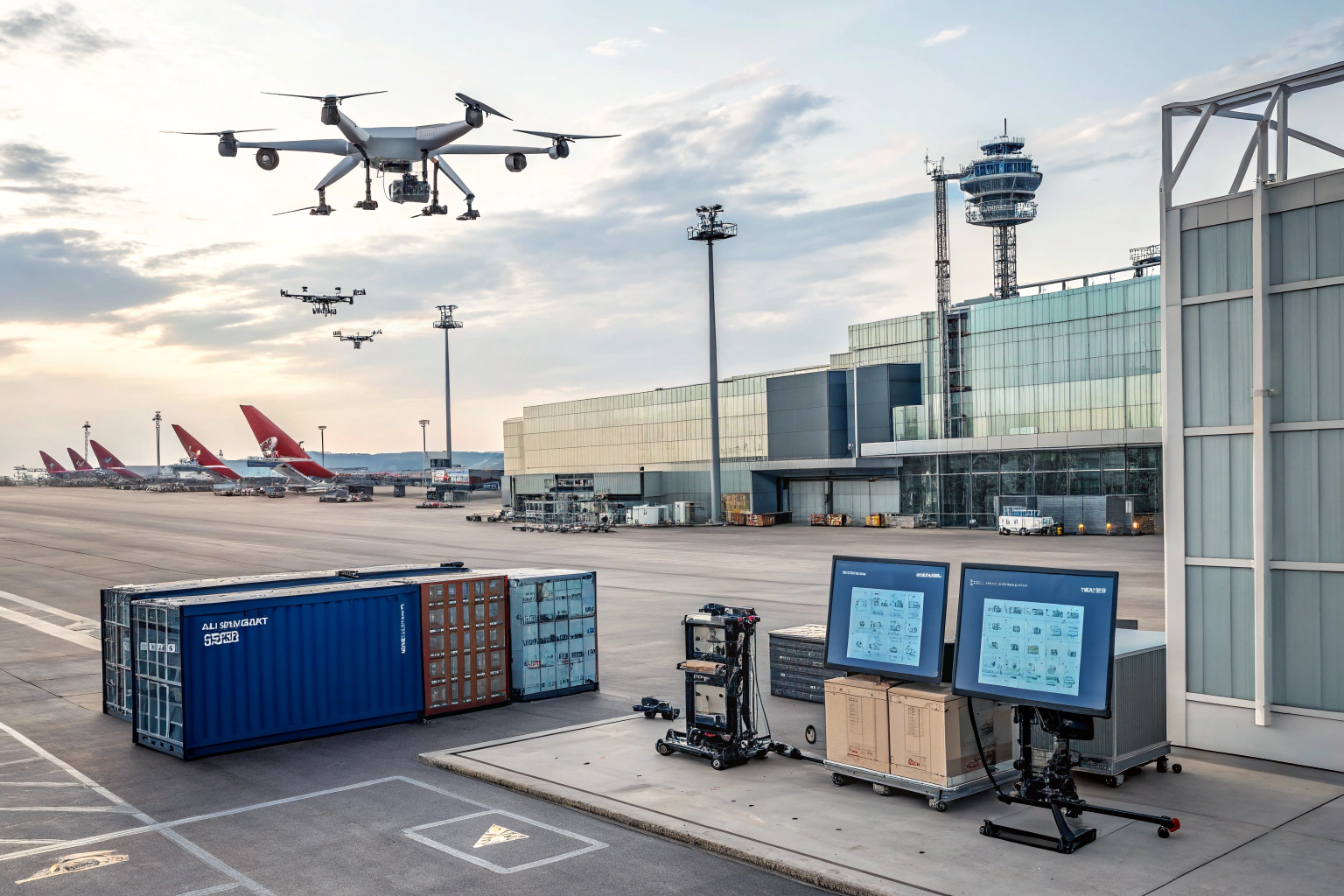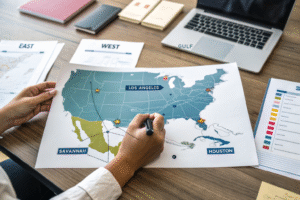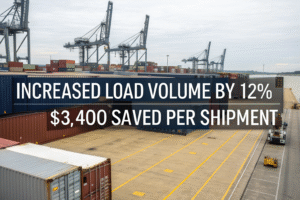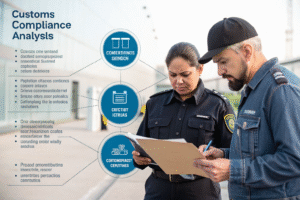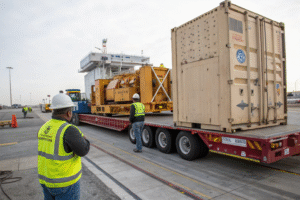When a major pharmaceutical client nearly lost $2.3 million in temperature-sensitive vaccines due to security screening delays last year, I realized air cargo security was at a critical turning point. As founder of GeeseCargo, I've witnessed security evolve from simple physical inspections to sophisticated digital ecosystems. The future is arriving faster than most shippers realize, bringing both challenges and unprecedented protection.
The future of air cargo security involves advanced AI screening, blockchain tracking, IoT monitoring, and biometric authentication. These technologies will create seamless yet impenetrable security layers while reducing manual inspections by 60-80%. The transition from reactive security to predictive risk management will transform how high-value and sensitive goods move globally.
Air cargo security is shifting from uniform scrutiny to intelligent, risk-based protection that balances safety with supply chain efficiency. Understanding these emerging technologies and their implementation timelines helps businesses prepare for the coming security revolution.
How Will AI and Machine Learning Transform Screening Processes?
Artificial intelligence is poised to eliminate the security bottleneck that has plagued air cargo for decades. The shift from human-dependent screening to automated threat detection represents the most significant security advancement since X-ray technology.
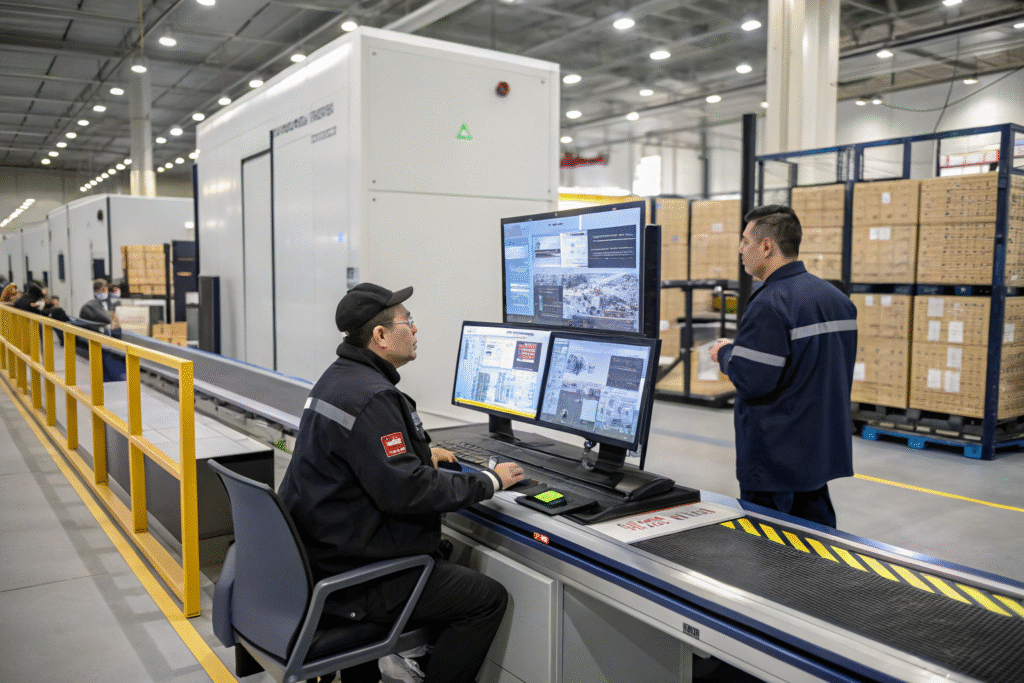
What Role Will Predictive Risk Assessment Play?
AI systems will analyze thousands of data points to assign risk scores to each shipment before physical inspection. Factors like shipper history, commodity type, route vulnerability, and geopolitical conditions will feed algorithms that determine inspection priority. High-risk shipments will receive intensive scrutiny while low-risk cargo experiences minimal disruption.
Machine learning models will continuously improve using global security incident data. The systems will identify emerging threat patterns invisible to human analysts, enabling proactive security adjustments. This predictive capability will shift security from reaction to prevention.
Behavioral analysis algorithms will monitor supply chain participants for anomalies that might indicate security compromises. Unusual shipping patterns, documentation discrepancies, or behavioral changes will trigger automated alerts for human investigation.
How Will Automated Screening Technologies Evolve?
Advanced X-ray systems with material discrimination capabilities will identify specific threat substances automatically. Traditional X-rays show shapes; next-generation systems will identify chemical compositions, detecting explosives, narcotics, or other prohibited materials with unprecedented accuracy.
CT scanning technology adapted from medical applications will provide 3D cargo visualization with rotation and zoom capabilities. Security personnel will virtually "unpack" consolidated shipments without physical handling, dramatically speeding inspection while improving thoroughness.
Hyperspectral imaging will detect threats based on molecular vibrations invisible to conventional sensors. This technology can identify liquid explosives, biological agents, and other sophisticated threats that evade current screening methods.
How Will Digital Security and Tracking Technologies Advance?
Physical security measures alone cannot protect the digital integrity of cargo information. The future involves creating immutable digital threads that track both physical goods and their information ecosystem.
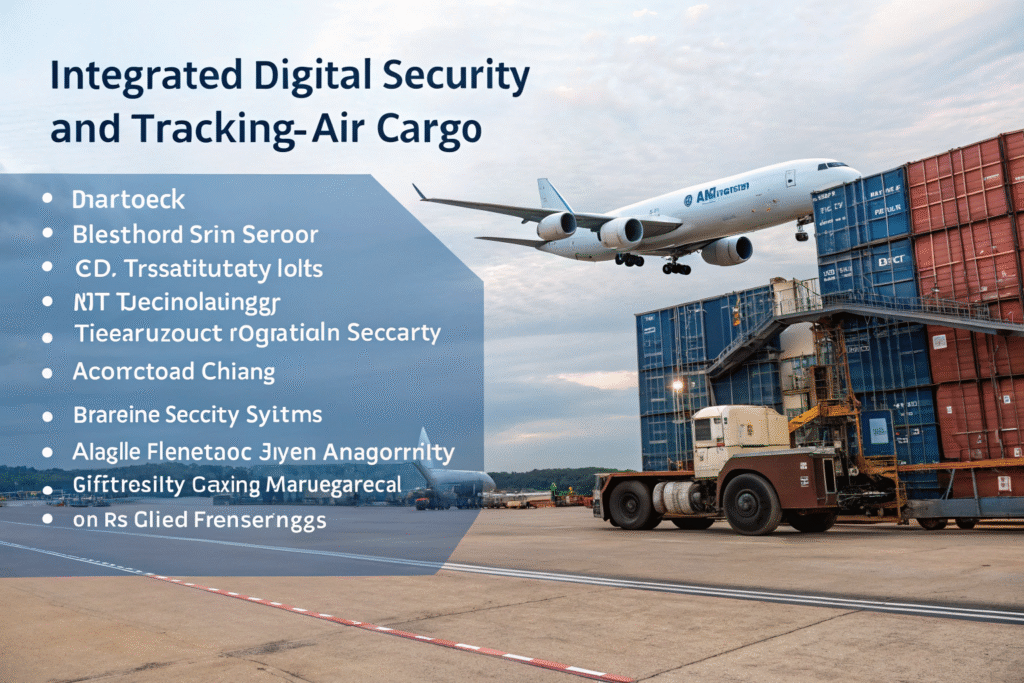
What Blockchain Applications Will Enhance Security?
Distributed ledger technology will create tamper-proof records of custody transfers, documentation, and security events. Each handoff from manufacturer to final consignee will be cryptographically recorded, eliminating documentation fraud and creating audit trails that are both transparent and secure.
Smart contracts will automate compliance verification and release payments only when security conditions are met. These self-executing contracts will reduce human error and intentional circumvention of security protocols while speeding transactions.
Blockchain-based identity management will ensure only authorized personnel handle sensitive cargo. Digital credentials will replace physical identification, with permissions automatically updated based on changing risk assessments and personnel status.
How Will IoT and Sensor Networks Improve Monitoring?
Smart containers with integrated sensors will monitor location, temperature, humidity, light exposure, and unauthorized access attempts. These connected devices will transmit real-time security status, triggering alerts when parameters deviate from expectations.
Seal technology will evolve from simple physical barriers to electronic devices that detect tampering and communicate status continuously. Smart seals will record opening attempts, report their location, and even capture images of interference events.
Environmental sensors will detect radiation, chemical, biological, or nuclear threats throughout the supply chain. Networks of these sensors at facilities, in vehicles, and within cargo areas will create security perimeters that identify threats before they reach aircraft.
How Will Biometric and Access Control Systems Evolve?
Human factors remain both the greatest security vulnerability and most effective defense. Future systems will leverage biometrics and behavioral analytics to ensure only authorized individuals interact with sensitive cargo.
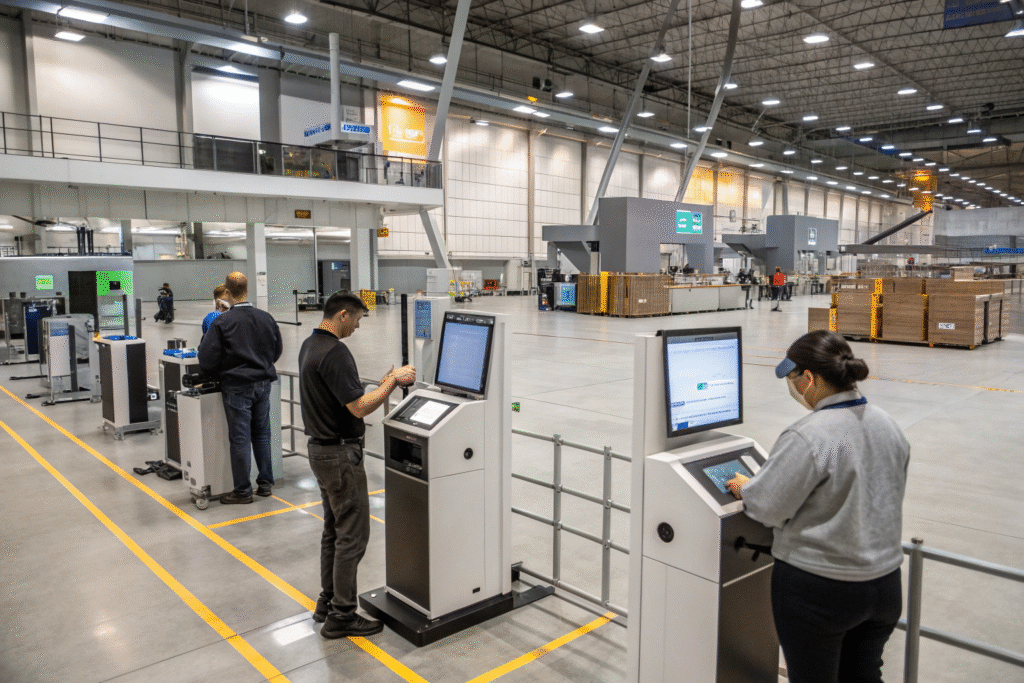
What Biometric Technologies Will Become Standard?
Multi-modal biometric systems will combine facial recognition, iris scanning, palm vein patterns, and voice authentication for high-security areas. This layered approach prevents spoofing while providing redundancy if one modality fails.
Behavioral biometrics will analyze patterns like gait, typing rhythm, and interaction with devices to continuously verify identity. These subtle indicators work in the background, providing constant authentication without disrupting workflow.
Wearable biometric devices will monitor authorized personnel for stress, fatigue, or impairment that might indicate coercion or compromised judgment. The systems will trigger additional verification or temporary access restrictions when anomalies are detected.
How Will Access Management Become More Dynamic?
Risk-based access control will adjust permissions in real-time based on changing threat levels. During elevated alert status, additional authentication steps will activate automatically, while routine periods maintain efficiency.
Temporal and spatial restrictions will limit access to specific areas only during authorized times. The systems will prevent accumulation of access privileges that exceed operational requirements, following the principle of least privilege.
Automated compliance monitoring will track security protocol adherence without human supervision. The systems will identify procedural violations, unauthorized access attempts, and security circumvention for immediate correction.
What Regulatory and Global Standards Are Emerging?
The technological revolution requires corresponding regulatory frameworks to ensure consistent global security. International cooperation and standardization will shape how new technologies are implemented across borders.
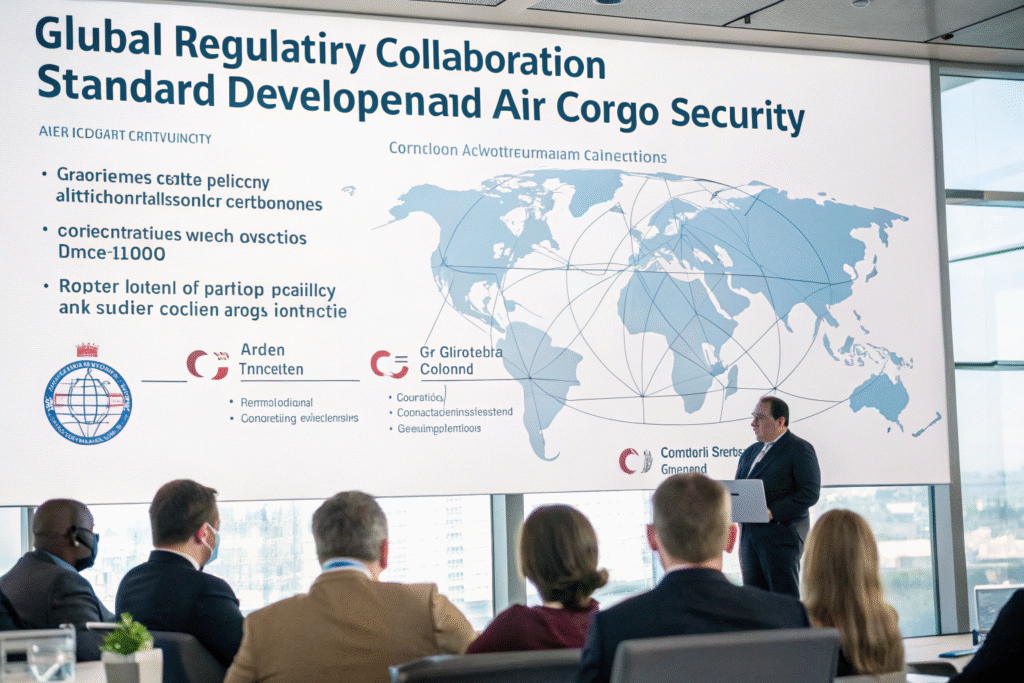
How Will International Regulations Evolve?
The International Civil Aviation Organization will likely mandate advanced screening technologies for all member states within defined timelines. These global standards will ensure consistent security levels regardless of shipment origin or destination.
Mutual recognition agreements will expand, allowing security validations in one country to be accepted globally. This "screen once, accept everywhere" approach will eliminate redundant inspections while maintaining security integrity.
Data sharing protocols will balance security needs with privacy protections. Clear guidelines will govern what security information can be shared between governments, carriers, and supply chain participants.
What Certification Processes Will Develop?
Third-party validation of security technologies will become standard, with certified systems receiving expedited processing. Independent testing will verify manufacturer claims and ensure consistent performance across operational environments.
Personnel certification programs will expand beyond basic training to ongoing competency assessments. Security professionals will require regular re-certification based on evolving threat landscapes and technological changes.
Supply chain entity validation will extend beyond Known Consignor programs to comprehensive security maturity assessments. Companies demonstrating advanced security capabilities will receive preferential treatment and reduced inspection requirements.
Conclusion
The future of air cargo security represents a fundamental shift from physical barriers to intelligent, connected protection systems. While technology drives this transformation, human oversight remains essential for managing exceptions, interpreting complex situations, and maintaining ethical standards.
At GeeseCargo, we're investing heavily in security technologies that will future-proof our clients' supply chains. The most successful businesses will be those that view security not as a cost center but as a competitive advantage that enables faster, more reliable transportation of valuable goods.
Begin preparing now by documenting your security processes, investing in trackable packaging, and building relationships with logistics providers who prioritize security innovation. The transition to next-generation air cargo security will require investment and adaptation, but the rewards include not just safer shipments but more efficient and predictable supply chains.
